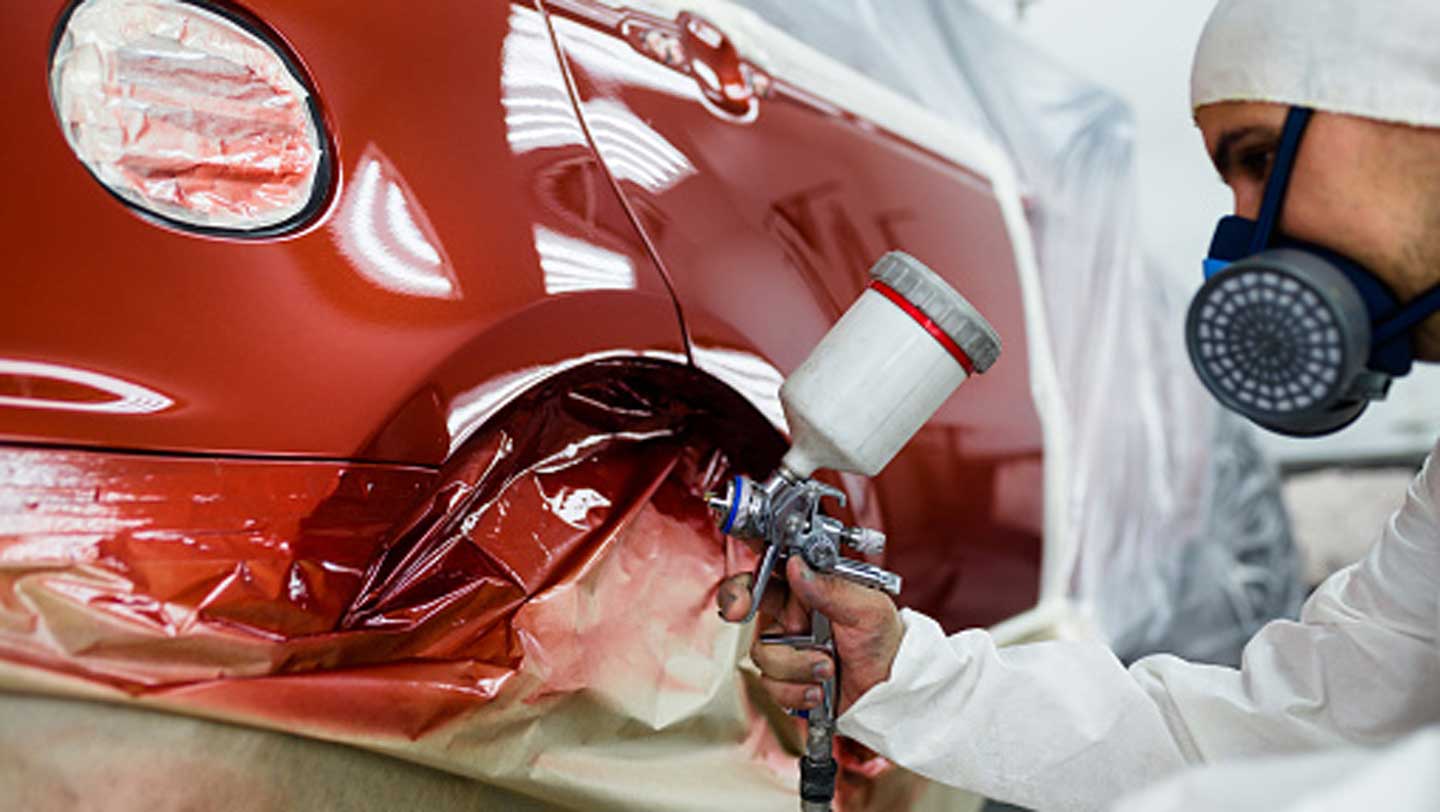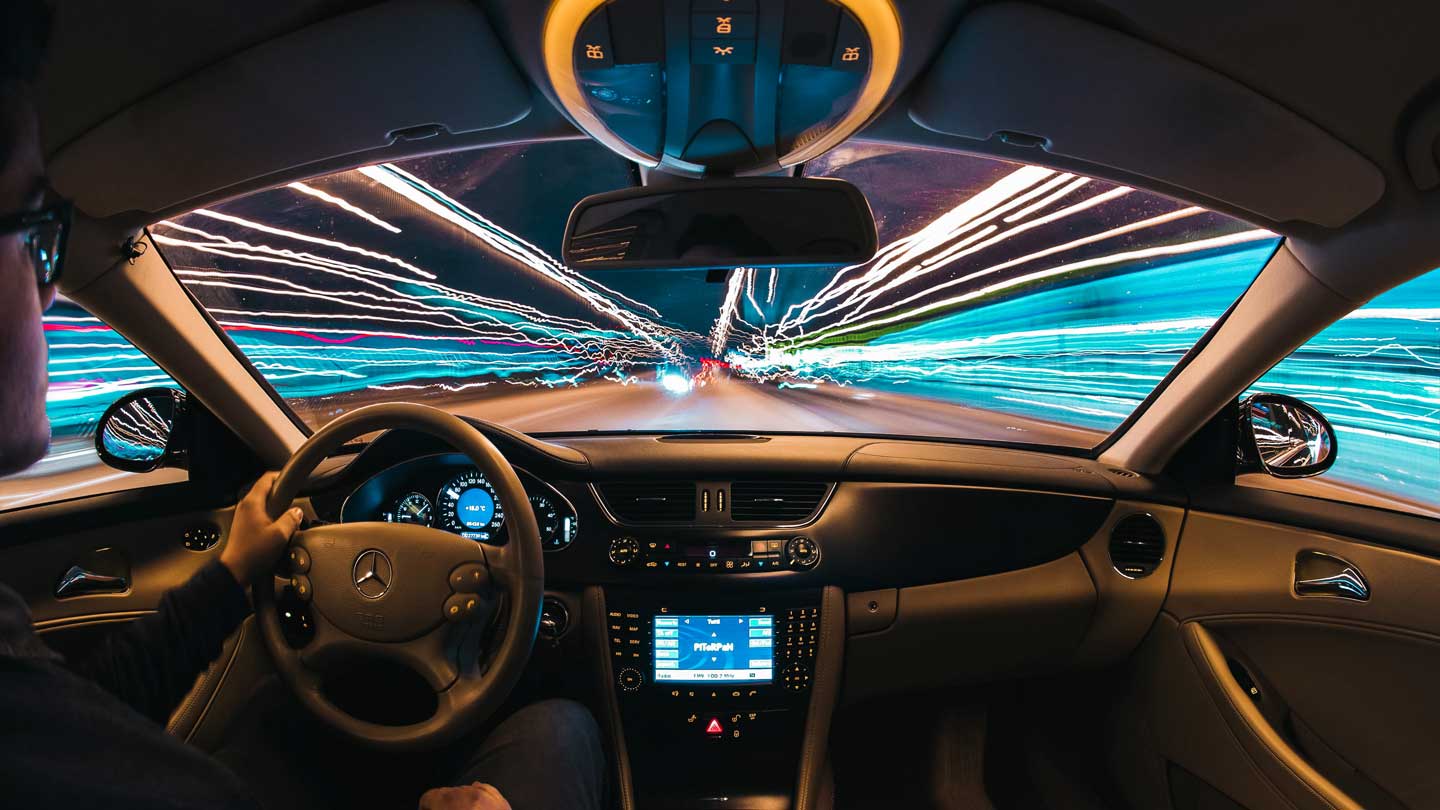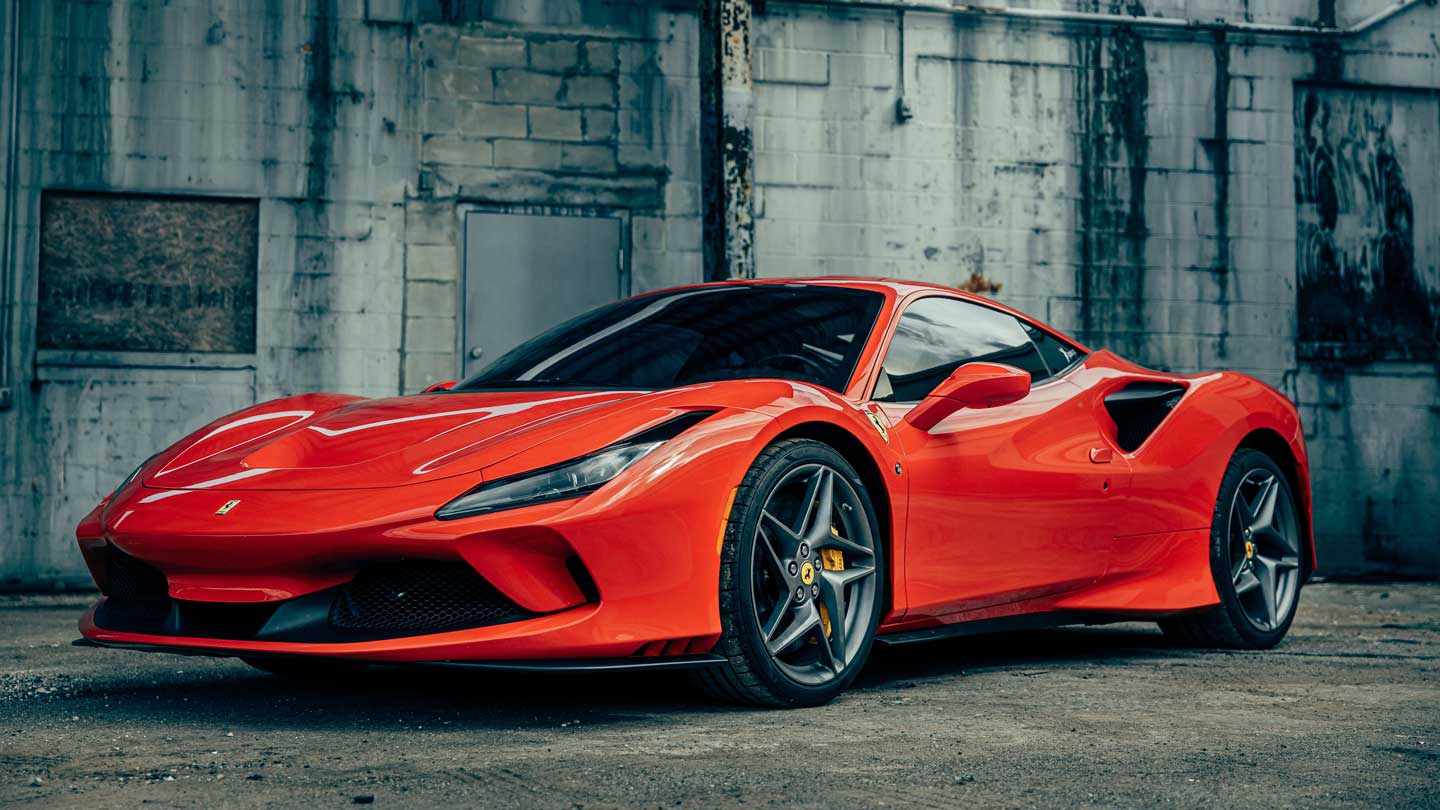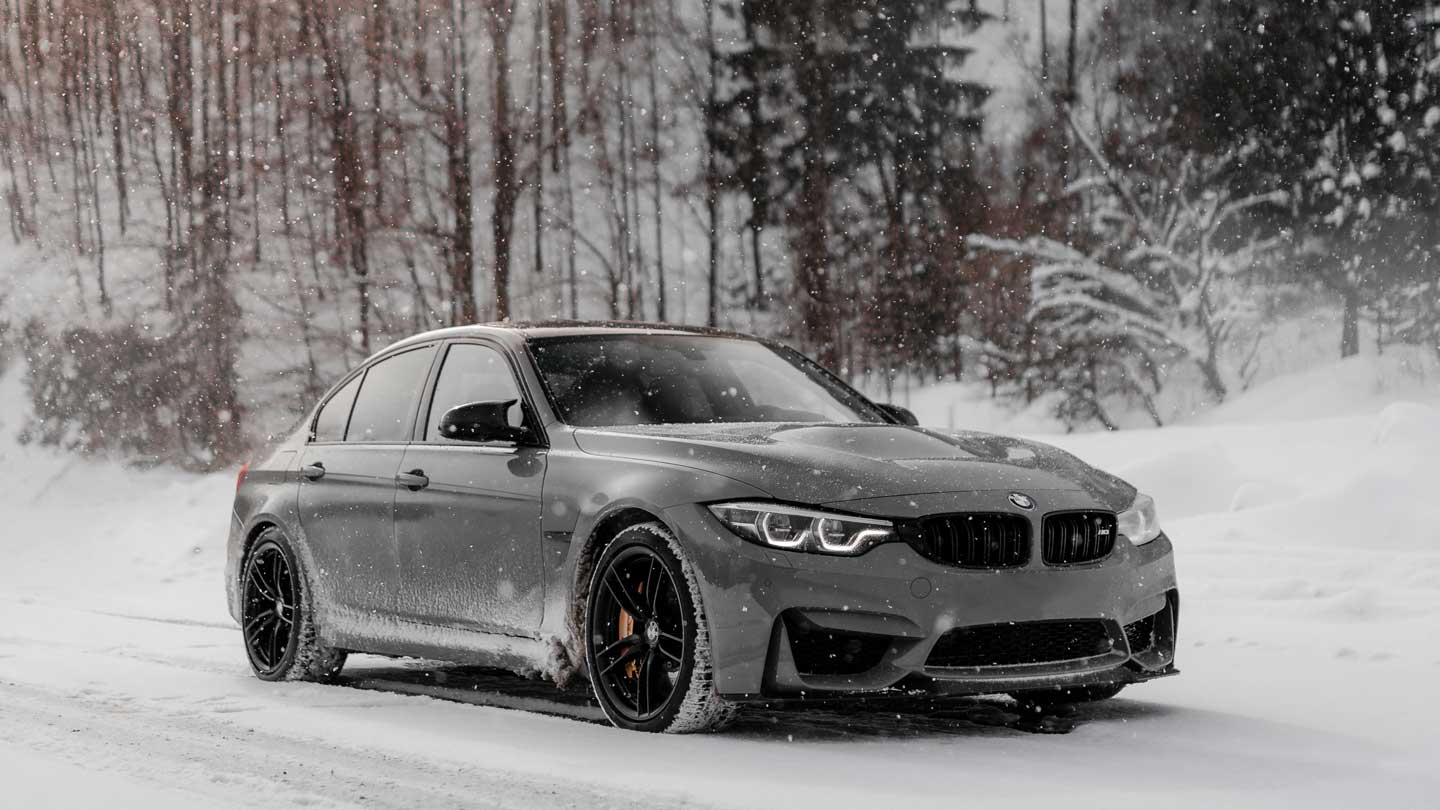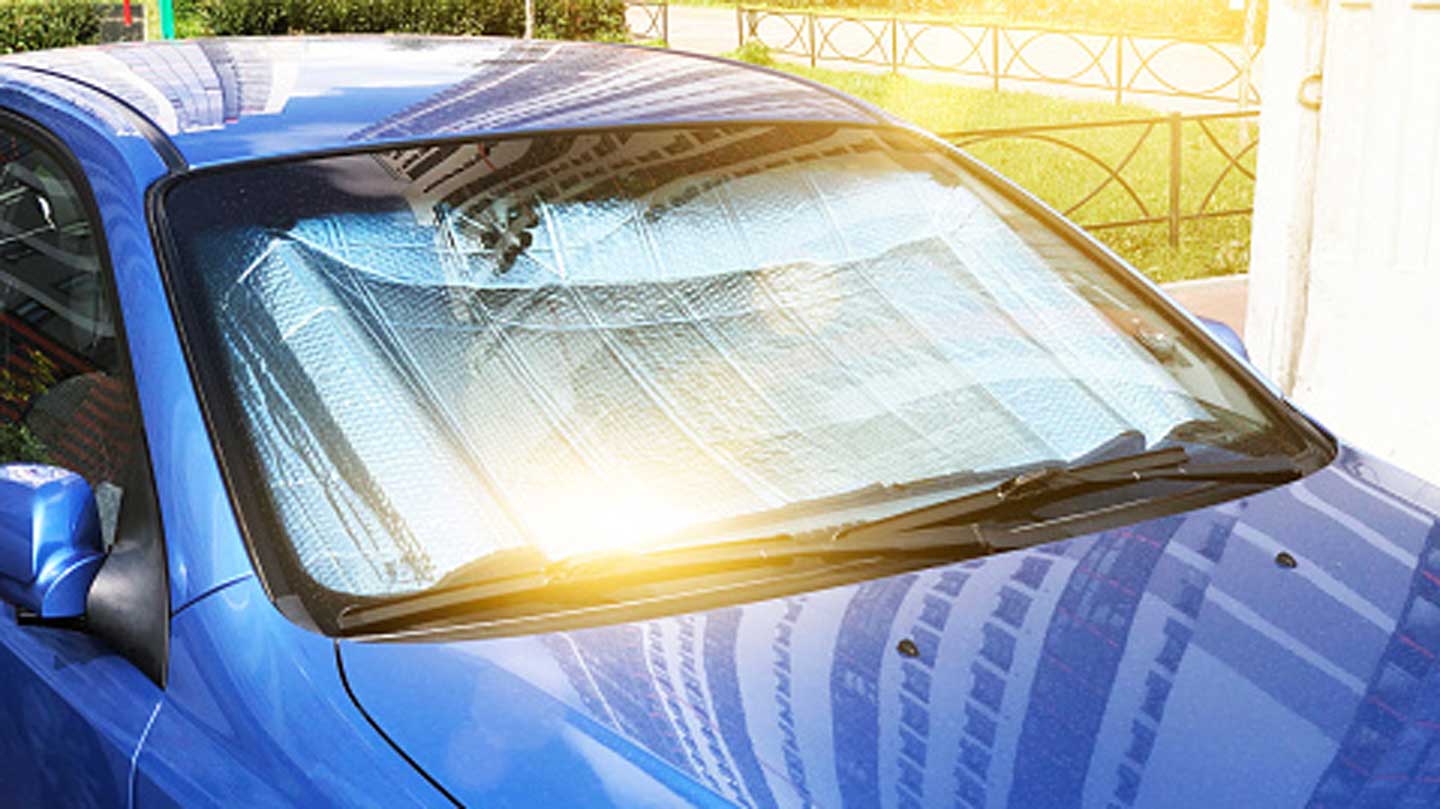You might have decided to drag the trigger to paint your truck or car. And you like to do this you own. It’s a great thing! Now, the question is: how and what can you do it yourself? It’s because you can’t get some cans and start making layers of paints.
Many things are out there you have to do before you start the painting job. It’s a time-consuming process of painting a car. However, one thing you can manage with some practice and patience.
You should be familiar with some of the basic things. That means if you want to get success on your car painting, you have to learn many things before you start it. So, before you look for husky liners weather beater floor liners, let’s know some tips for car painting.
Deconstruction
To re-spray your car the right way, you should remove all smaller bits like trim, non-painted parts, and emblems. Some elements like windows and window joints can tape around. You’re probably going to finish with a taper, so be alert.
But it’s plain stupid to tap backs, symbols, and doorknobs. Don’t do that, therefore. Take the time before spraying paint to remove these objects. The effort will be significantly better for your ultimate output.
Surface Quality
From down to its finest details, paint shows the whole thing. You can’t only paint above it and anticipate it to leave if the car has scratches, rock chips, or other flaws. Actually, they frequently appear worse than before. Paint will show up to about 220 grams of sanding.
This is why most paint jobs has taken to 320 or 500 grams before sprinkling the base color. Bad paint under fresh paint inevitably appears, and these problems return with a vengeance.
Sanding
You’ll have to do lots of sanding, in fact, you should accept if you’re heading to paint your car. This can usually prepare with a fine pad if the present paint is in better shape. This is basically a soft 500-grade pad, which has utilized to attach a rough surface to the current paint.
Bodywork and a base have needed to sand to a minimum of 220 grams, with a maximum size of 320 grams. Do not sand your body beyond 500 grams. It’s because the paint needs to be rugged. For chips and scratches, see Surface Quality tip.
Rust
The fresh paint job is most commonly due to body damage restoration. The damage has probably been for a long, and the body is rusty. Even the least surface rust might damage an otherwise superb painting work. Rust continues to escape into your auto metal once it starts. Now kill the rust before it’s done anything else.
Prime Time
In all of the cases, primer is essential while painting. Nothing else could spray on, and you can expect it to appear decent or even hold on to the automobile. There are multiple first coats in the preparation of a body for paint. This is the period after extensive work on the body. Besides painting your car, you can also buy “custom floor mats”. It will increase the beauty of your car’s interior and will also protect your car floor.







